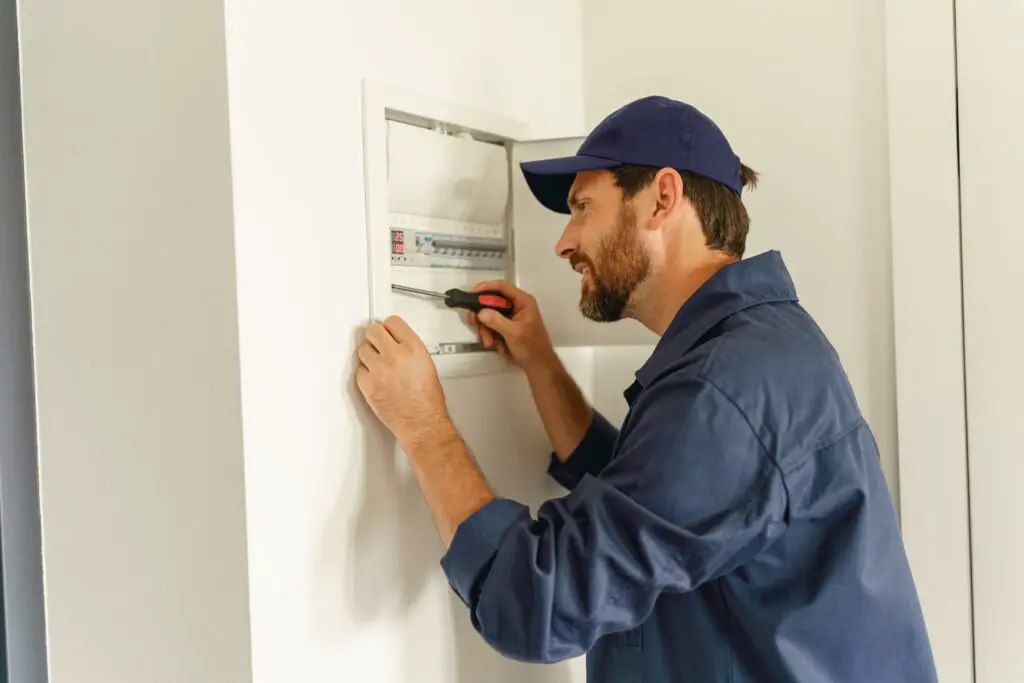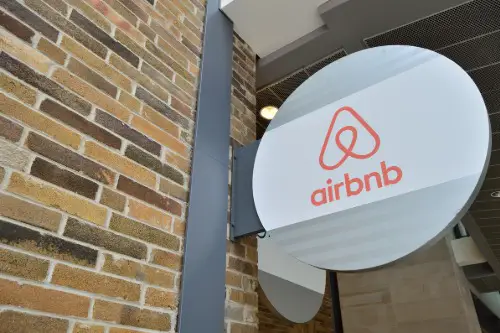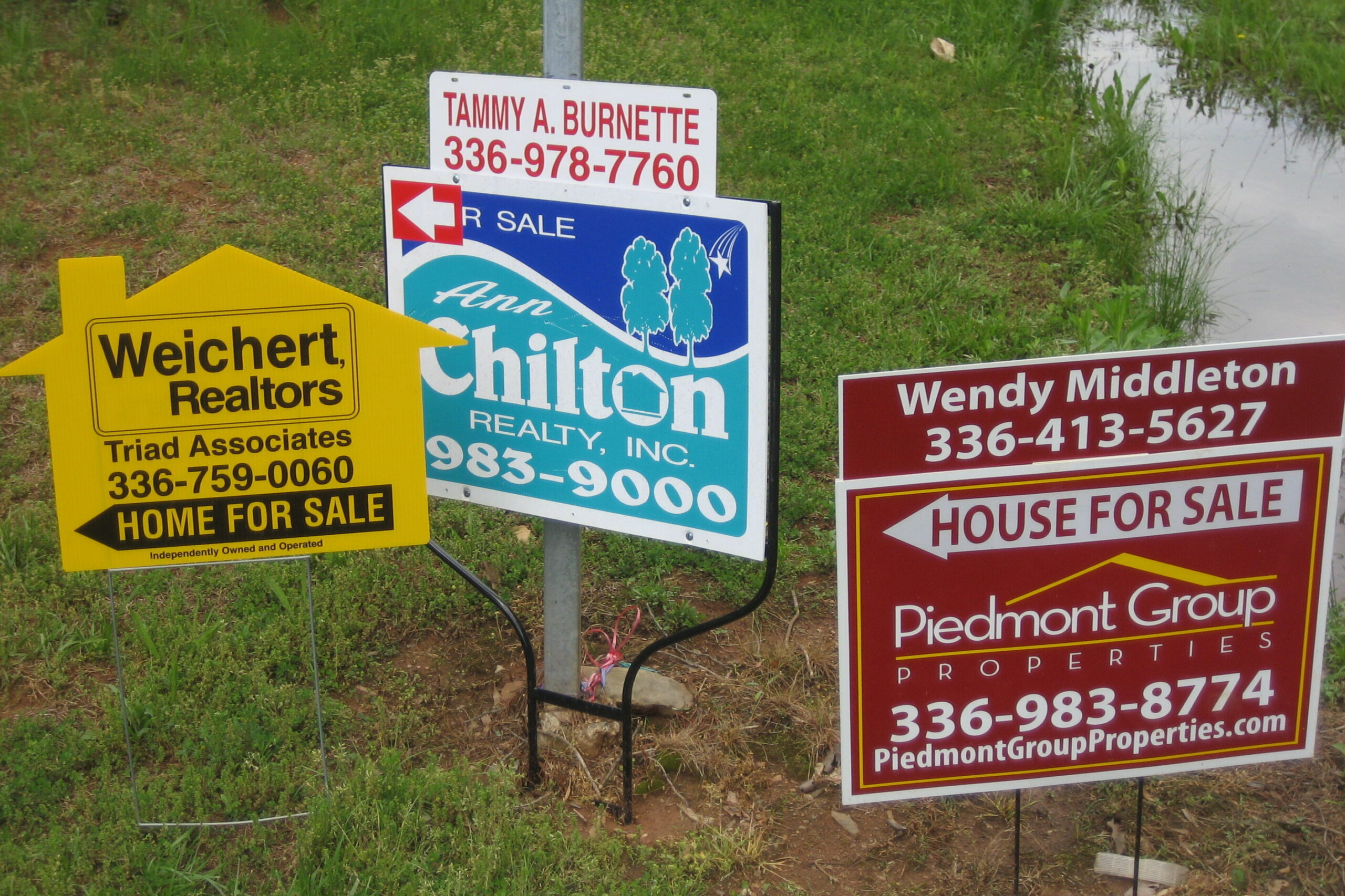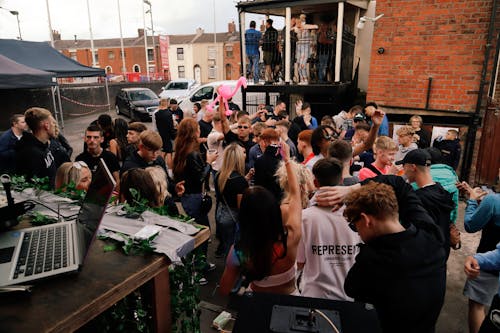1. Feverish bidding wars on starter homes

Remember when every cute bungalow had 20 offers by Monday morning? That frenzy cooled as buyers hit affordability ceilings and got choosier. More listings spent longer than a weekend on the market, and list-to-sale price gaps narrowed. The result: bidding wars still happen, but the default “over-ask” stampede quietly faded.
A big driver was higher borrowing costs sticking well above pandemic lows. When monthly payments jumped, fewer buyers could throw aggressive escalation clauses at every house. Sellers also learned that pricing realistically beat underpricing to spark chaos. It’s not drama-free, but the automatic arms race is over.
2. Waiving inspections and appraisals

The pandemic playbook said “skip the inspection to win,” and folks did it. In 2025, more buyers insisted on at least a standard inspection or a short contingency. Appraisal gaps also thinned as list prices hewed closer to comps. Risk appetite simply cooled once the market wasn’t on fire.
Agents pushed for saner offers after seeing post-closing headaches from undiscovered issues. Lenders stayed firm on valuations, making big gap-coverage promises less common. Even investors demanded basic due diligence to protect thinner margins. The era of shrugging at unknowns quietly ended.
3. Sight-unseen offers as the norm

Virtual tours are still useful, but “offer first, visit later” lost its edge. With travel normalized and schedules less chaotic, buyers made time to walk the property. They realized lighting, street noise, and odors don’t translate well on a phone. Fewer contracts are now inked without boots on the ground.
This shift also cut back on buyer’s remorse and cancellations. Agents reported smoother escrows when clients actually stood in the living room. Sellers preferred the certainty of buyers who’d already seen the place. The remote-only offer trend slipped into the background.
4. Urban micro-units as a fix-all

Tiny urban studios had a moment as the ultimate efficiency hack. But renters started prioritizing doors, closets, and a desk that isn’t the kitchen counter. Hybrid work made “one room does it all” feel claustrophobic. Demand pivoted toward small places with real separation of space.
Developers quietly adjusted mix and layout choices in new projects. Instead of packing in more micro-keys, plans leaned to practical one-bedrooms or junior-ones. Lenders and appraisers often favored units that resell well, nudging designs away from extremes. The micro-unit magic trick lost its shine.
5. Co-living membership leases

Co-living promised community kitchens and flexible terms for less. In practice, privacy trade-offs, roommate churn, and cleaning logistics wore people out. Many renters looked for normal leases or studios instead. The model didn’t vanish, but the hype cooled noticeably.
Regulatory friction and financing questions also piled up for operators. Buildings designed for revolving roommates proved harder to underwrite and stabilize. Turnover costs ate into the supposed savings. The “dorm-for-adults” pitch stopped sounding like a default solution.
6. The pandemic-era Sun Belt stampede

Yes, people still move south, but the one-way parade slowed. Insurance costs, heat waves, and fast-rising rents forced harder math. Some movers reconsidered mid-sized, less buzzy metros with steadier costs. The narrative shifted from “go south at any price” to “shop value first.”
This was especially true for first-time buyers tracking total monthly costs. Higher premiums and HOA fees changed what “affordable” meant on the ground. Employers pulling workers into hybrid schedules also curbed purely distance-driven moves. The stampede turned into a measured stroll.
7. Short-term rental gold rush for every condo

Turning every spare room into a vacation rental once felt like easy money. Saturated markets, stricter city rules, and higher compliance costs disrupted that math. Hosts faced tougher occupancy and cleaning logistics, especially in shoulder seasons. Many owners pivoted to mid-term or traditional leases.
Condo boards tightened bylaws, and lenders scrutinized buildings with heavy STR exposure. Insurance carriers also priced in higher risk and turnover. Buyers began to discount “Airbnb potential” unless rules and demand were rock solid. The casual, set-it-and-forget-it STR play fell out of favor.
8. 48-hour flips and paint-only renovations

Cosmetic flips thrived when anything would sell instantly. With pickier buyers and pricier financing, slap-dash paint jobs no longer cleared the bar. Houses that lacked real mechanical or layout improvements sat longer. Margins shrank, and the turbo-flip aura dimmed.
Successful investors leaned into heavier lifts that actually solved problems. Think roofs, HVAC, kitchens, and floorplans—not just staging and trendy tile. Appraisers rewarded true value adds over lipstick. The two-day makeover quietly exited the main stage.
9. “Price low to spark a bidding frenzy” as a default strategy

Underpricing used to be a surefire way to pack an open house. But it also scared off financed buyers who feared appraisal gaps. Sellers saw that strategic, fair pricing yielded cleaner contracts and fewer renegotiations. The market’s cooler tempo made theatrics less necessary.
Listing agents shifted to data-anchored list prices aligned with recent comps. That stabilized expectations and reduced post-inspection drama. Buyers appreciated transparency over gamesmanship. The reflex to bait-price for fireworks faded fast.
10. Crypto closings and NFT deeds

A few high-profile crypto home deals grabbed headlines earlier in the cycle. Volatile token prices, KYC rules, and title/escrow realities kept it niche. Lenders and underwriters stuck to traditional documentation standards. In 2025, the novelty factor wasn’t enough to outweigh the friction.
Serious buyers converted to dollars well before closing to avoid last-minute swings. Title insurers prioritized chain-of-ownership clarity over experiments. Brokerages focused on tools that reduced fall-throughs, not added new ones. The crypto-house moment receded into rarity.
11. Mega open-house parties

Catered spreads and live DJs made for great Instagram, not better offers. With tighter marketing budgets, agents prioritized pro photos, floor plans, and honest copy. Buyers preferred more appointment slots over velvet-rope vibes. The spectacle didn’t translate into stronger negotiating power.
Virtual scheduling and detailed property packets did more heavy lifting. Neighbors still came for cookies, but serious buyers booked private showings. Sellers valued qualified traffic over crowded rooms. The big party open house quietly retired.
12. Remote-first, suburb-only master plans

Developers rushed to design “WFH forever” communities built around home offices. As hybrid schedules took hold, demand favored mixed-use, walkability, and short commutes. Plans added coworking nooks, pocket retail, and park access instead of only big lots. People wanted options, not isolation.
Municipalities also pushed for resilient, multi-use land patterns. Projects that blended housing types moved faster through approvals. Financing favored absorption that doesn’t depend on a single lifestyle bet. The remote-only suburb blueprint gave way to balanced place-making.
This post 12 Real Estate Trends That Quietly Died Out This Year was first published on Greenhouse Black.
